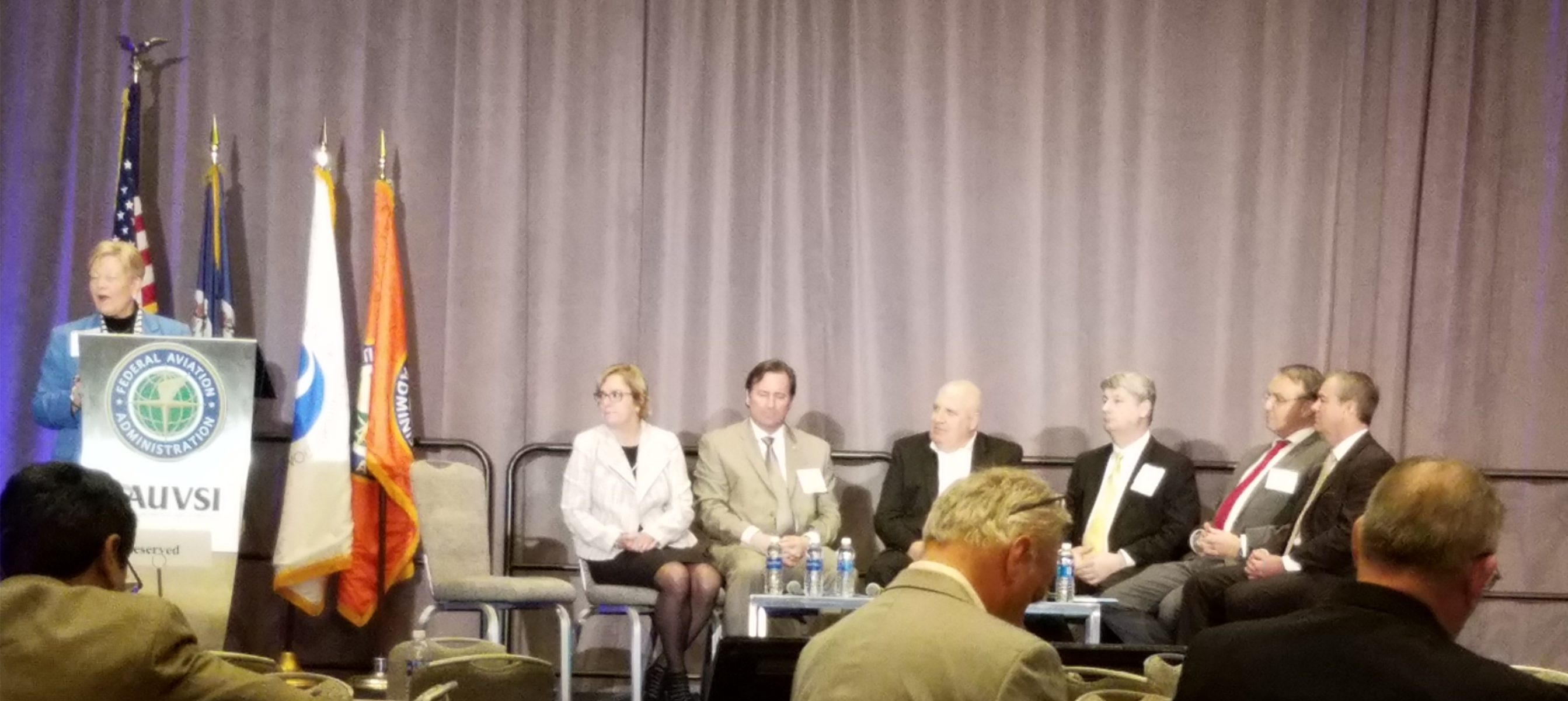Contributed Piece by Joe Schweitzer, CLO
The various sessions discussed relevant topics and issues, providing balanced perspectives from the FAA, industry and international aviation organizations. The main message I took away was that while commercial UAS growth has made significant steps forward, it still has a long way to go to scale to its desired and intended state as a mainstream industry.
The exciting fact is many of the components, some more mature than others, are in place and continue to evolve to ensure this is a safe ecosystem with capacity for exponential growth. I left the symposium with the following five observations:
1 | Performance Based Standards
The most common term expressed throughout the symposium was performance based standards. The current rule, Part 107, is just a gateway and starting point for commercial UAS operations. To expand beyond the existing boundaries (i.e. enabling BVLOS, night operations, operations over people) organizations and individuals will need to demonstrate they can consistently perform the required skills, judgement, and risk mitigation procedures to fly safe.
Read more
Show less
2 | Integrated Approach
The next most popular theme was the need to create an integrated approach or framework to stay safe, secure, and scale. This theme appeared at the strategic level when discussing the need to harmonize international rules, as well as at the tactical level of operations; whether trying to create better operating models for BVLOS or developing innovative ways sUAS can provide value. Today, the majority of small UAS operations and deconfliction occurs through segregation from manned flight.
Read more
Show less
3 | No Big Data
Probably the most concerning session I attend was on small UAS Data and Forecasting. Due to many factors – new industry, very decentralized operations, no requirement to launch and recover from an airfield, no transponder, etc. – the FAA has very little flight data to perform any meaningful UAS analytics. A big lag exists in this area, making UAS data analysis “as much of an art as it is science”. [1] The challenge that exists is determining how the FAA and other safety organizations can develop best practice and lessons learned when very little flight data exists on commercial drone operations.
Read more
Show less
4 | Rapid Growth & Change
Like most emerging markets the UAS industry is moving rapidly at the speed of technology. A guest panel of technologists from Uber, Intel, Qualcomm and Airbus reinforced this fact showcasing innovative unmanned solutions and complimentary technology they are launching. The challenge is the human element and its characteristically dampened response to developing rules and regulations that can keep pace with this type of change. One could argue that this delayed reaction right now is a good thing. Moving too fast in this space may cause more harm than good. Small UAS growth has enormous potential to change the way we do business and stimulate the United States economy.
Read more
Show less
5 | Learning & Leadership Required
This last point is probably the most important and is derived from the preceding ones. In many ways, it is the critical path of safe sUAS growth. The ability to meet performance based standards will be driven by the capacity to train UAS operators to demonstrate the required situational awareness, decision making and skills to consistently fly drones safely and effectively. This will be critical to scale the population of expanding Part 107 certified remote pilots, who are estimated to grow from the 2016 count of 20,362 to anywhere between 211,000 and 422,000 by 2021.[3]
Read more
Show less

Notes & References
[1] Presenter comments, FAA UAS Symposium 2017 Mar 27-29, FAA Data and Forecasts Workshop
[2] Presenter comments, FAA UAS Symposium 2017 Mar 27-29, Global Leadership, International Partnerships and Harmonization Efforts session
[3] Remote Pilot Forecast, FAA UAS Symposium 2017 Mar 27-29, Handout, FAA Data and Forecasts Workshop, Download the PDF.
[4] Chris Courtney, VP of Flight Operations, FAA UAS Symposium 2017 Mar 27-29, Understanding Your Options as an Operator session
Share this Post

